Uncategorized
-
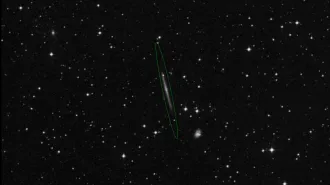 Astronomy
AstronomyA streak of light may not be a black hole fleeing its galaxy after all
A suspicious trail of starlight may just be a spiral galaxy seen edge on, not stars that formed in the wake of a runaway supermassive black hole.
By Liz Kruesi -
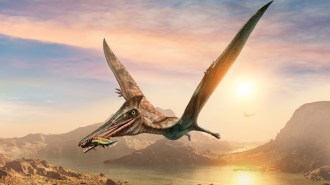
New discoveries are bringing the world of pterosaurs to life
The latest clues hint at where pterosaurs — the first vertebrates to fly — came from, how they evolved, what they ate and more.
By Sid Perkins -
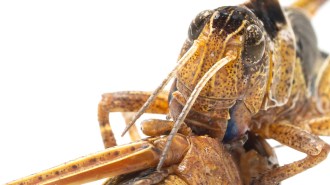 Life
LifeSwarming locusts can deploy a chemical to avoid being cannibalized
Releasing a “don’t-eat-me” pheromone signals a locust has become a toxic treat. The finding could lead to new ways to control destructive swarms.
-
 Health & Medicine
Health & MedicineThe U.S. COVID-19 public health emergency is ending. What does that mean?
The declaration, made early in the pandemic, made tests, vaccines and treatments free to all. On May 11, the proclamation ends.
-
 Health & Medicine
Health & MedicineWomen who’ve had breast cancer can safely pause treatment for pregnancy
Hormone therapy cannot be taken during pregnancy. A new study is reassuring for women who’ve had breast cancer and want to try for a baby.
-
 Health & Medicine
Health & MedicineThe FDA has approved the first-ever vaccine for RSV
GSK’s shot, for those 60 and over, can protect against severe respiratory syncytial virus. Other vaccines, including to protect newborns, are in the works.
-
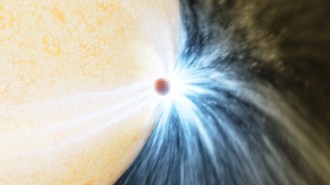 Astronomy
AstronomyFor the first time, astrophysicists have caught a star eating a planet
A burst of light and a cloud of dust are signs that a star 12,000 light-years away swallowed a planet up to 10 times the mass of Jupiter.
-
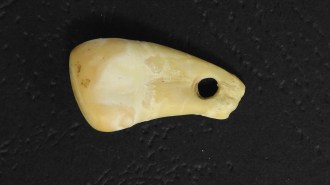 Archaeology
ArchaeologyAncient human DNA was extracted from a 20,000-year-old deer tooth pendant
Insights into Stone Age people’s lives may soon come from a new, nondestructive DNA extraction method.
By Bruce Bower -
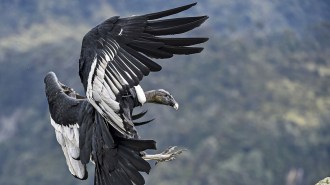 Animals
AnimalsA 2,200-year-old poop time capsule reveals secrets of the Andean condor
Guano that has accumulated in a cliffside Andean condor nest for 2,200 years reveals how the now-vulnerable birds responded to a changing environment.
By Jake Buehler -
 Health & Medicine
Health & MedicineUltrasound allows a chemotherapy drug to enter the human brain
An early-stage clinical trial demonstrates a technique for getting a powerful chemotherapy drug past the usually impenetrable blood-brain barrier.
-
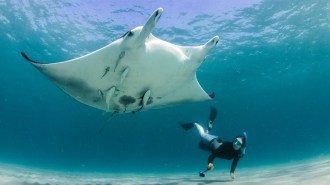 Animals
AnimalsThis marine biologist is on a mission to save endangered rays
Jessica Pate and the Florida Manta Project confirm that endangered mantas are mating and sicklefin devils are migrating along the East Coast.
-
 Neuroscience
NeuroscienceNeuroscientists decoded people’s thoughts using brain scans
The finding may lead to better communication aids for people who can’t communicate easily. It also raises privacy concerns.